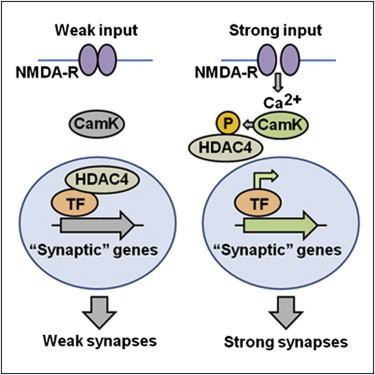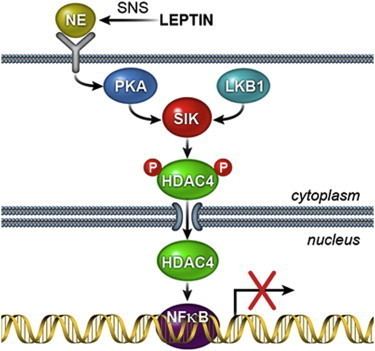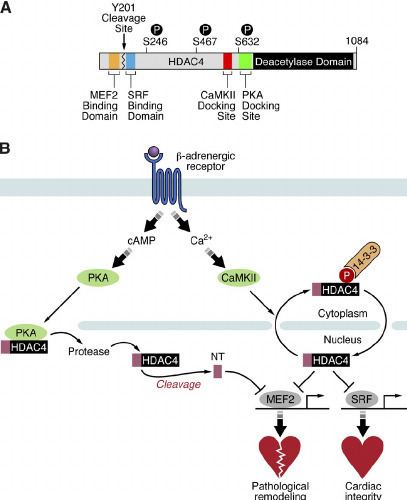Entrez 9759 | Ensembl ENSG00000068024 | |
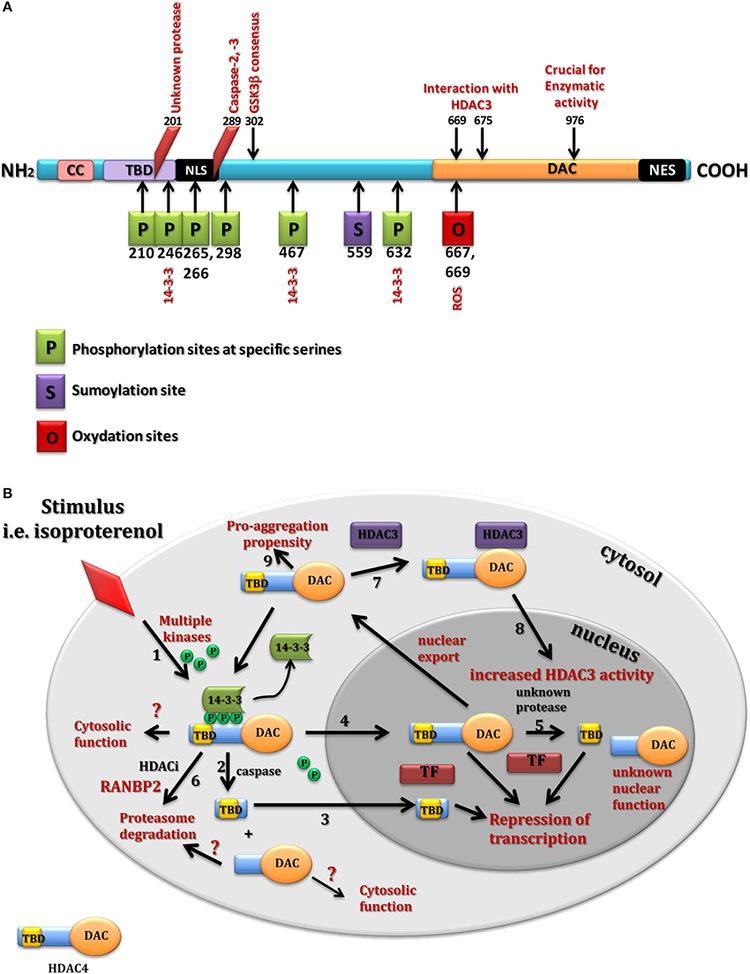 | ||
External IDs MGI: 3036234 HomoloGene: 55946 GeneCards: HDAC4 | ||
Histone deacetylase 4, also known as HDAC4, is a protein that in humans is encoded by the HDAC4 gene.
Contents
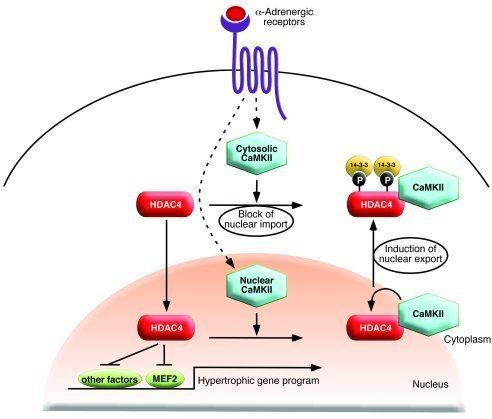
Function
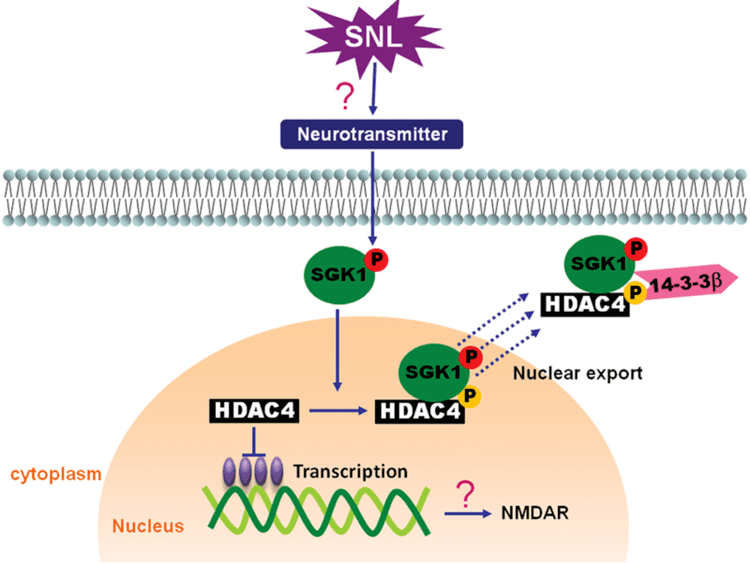
Histones play a critical role in transcriptional regulation, cell cycle progression, and developmental events. Histone acetylation/deacetylation alters chromosome structure and affects transcription factor access to DNA. The protein encoded by this gene belongs to class II of the histone deacetylase/acuc/apha family. It possesses histone deacetylase activity and represses transcription when tethered to a promoter. This protein does not bind DNA directly but through transcription factors MEF2C and MEF2D. It seems to interact in a multiprotein complex with RbAp48 and HDAC3. Furthermore, HDAC4 is required for TGFbeta1-induced myofibroblastic differentiation.
Clinical significance

Studies have shown that HDAC4 regulates bone and muscle development. Harvard University researchers also concluded that it promotes healthy vision: Reduced levels of the protein led to the death of the rod photoreceptors and bipolar cells in the retinas of mice.
Interactions
HDAC4 has been shown to interact with:
